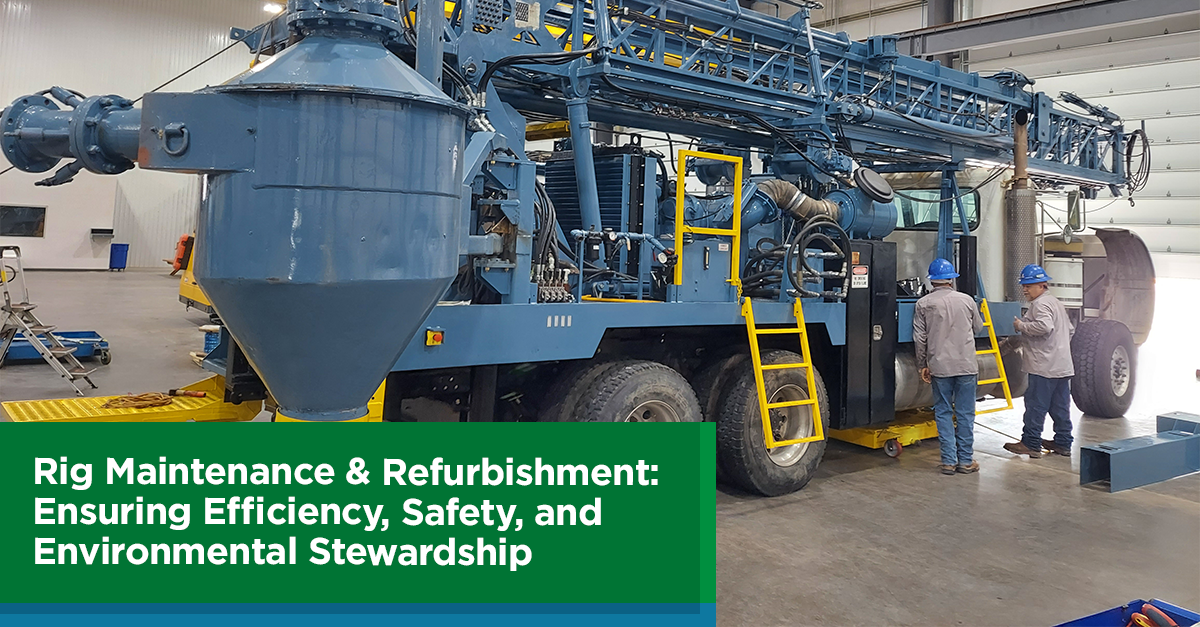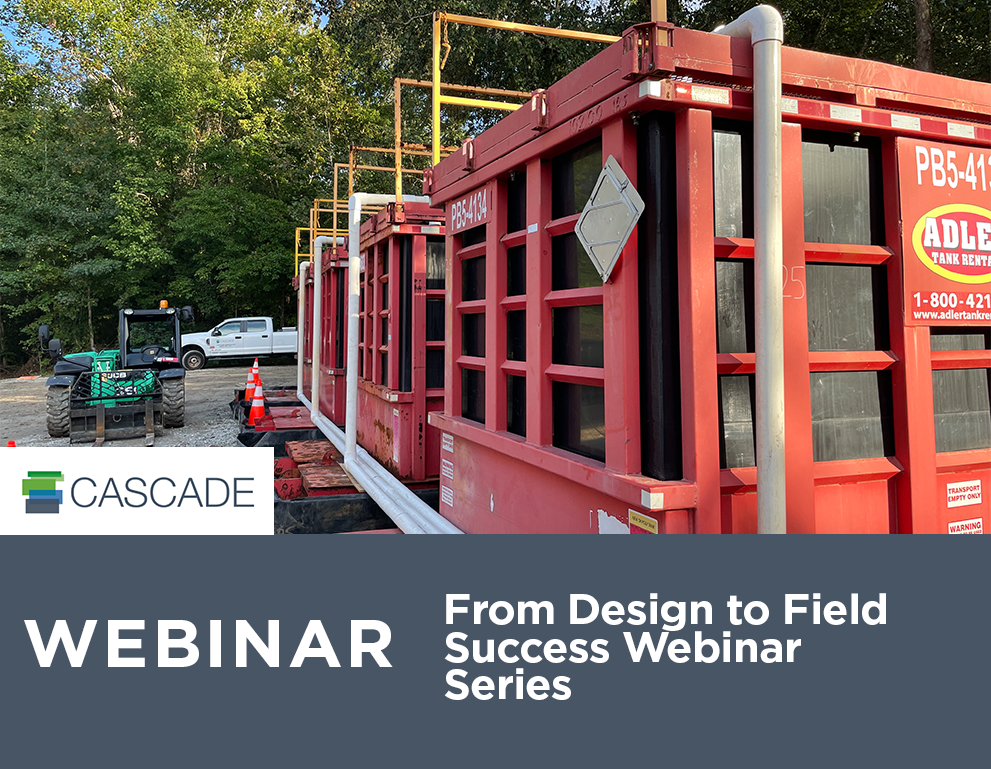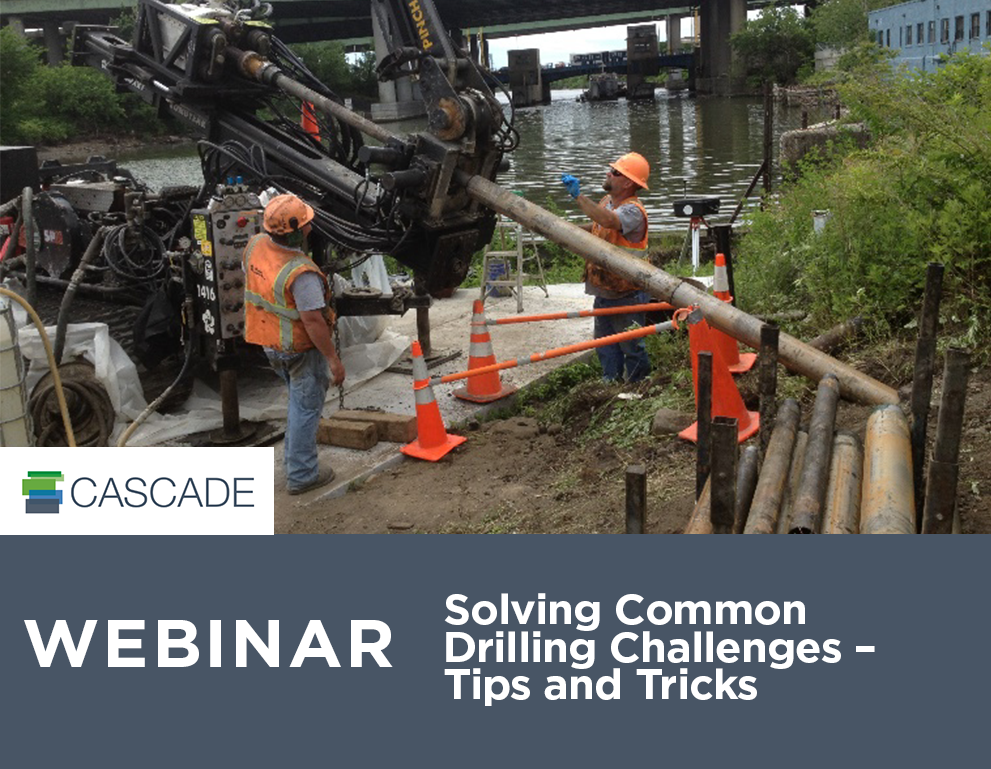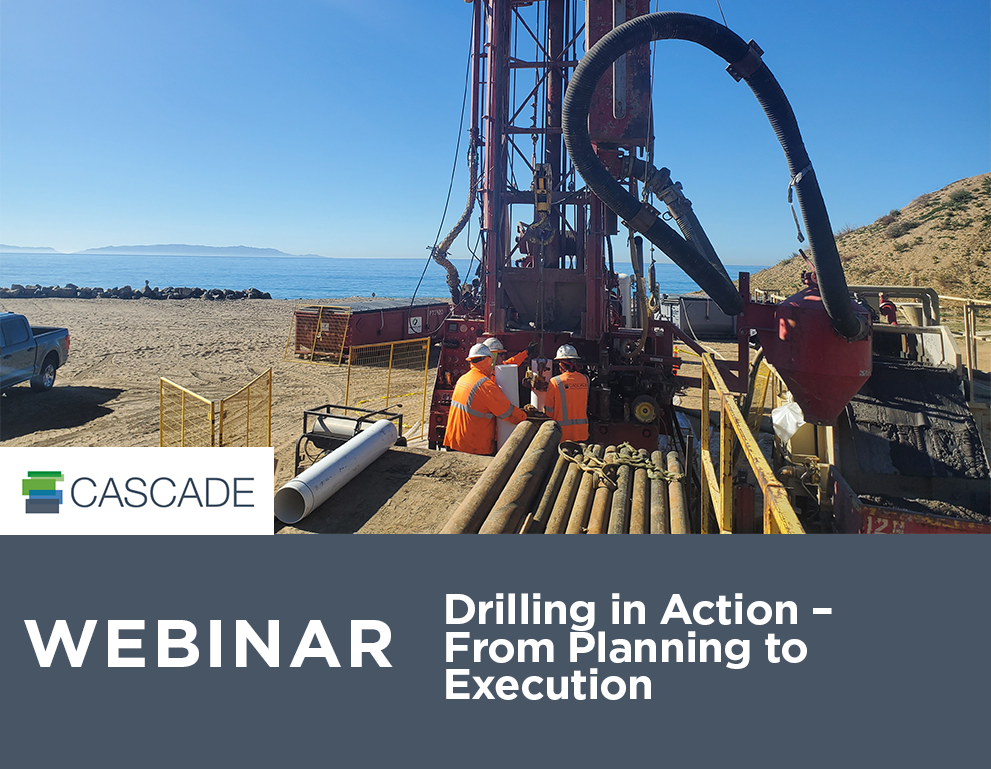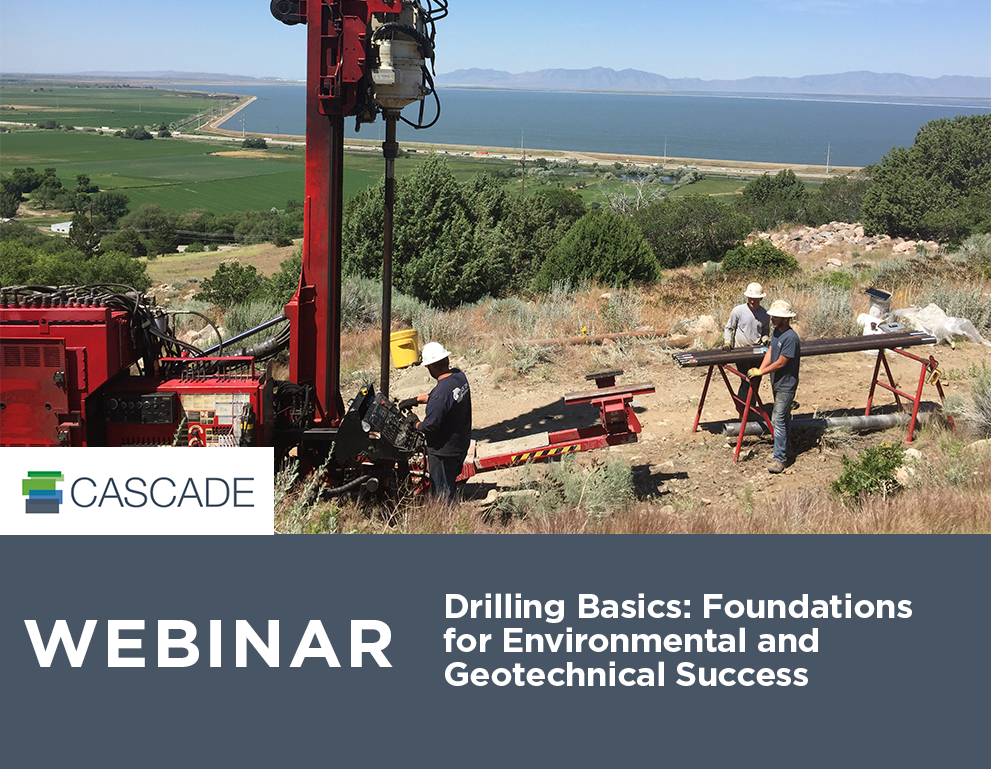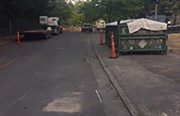Level Up: 10 Webinars That Will Expand Your Industry Expertise
By: Cascade EnvironmentalBetween a global pandemic, raging wildfires, murder hornets and more, 2020 really put us through the wringer. Though a tough year, many consultants searched for opportunities to improve their work and expertise—and educational webinars were high on the to-do list.
Whether you missed one you wanted to attend, would like to share an important session with colleagues, or even if you didn’t know we offered webinars at all—this week’s blog post is for you. We’ve rounded up the most popular environmental services webinars of 2020 for you to access on-demand. Make the most of these last slow days of 2020, and carve out time to learn something new from our experts before 2021 begins.
Drilling 104: An Introduction to Rotary Drilling
Rotary drilling is a popular and cost-effective drilling option—but how much do you really know about it? In this webinar, industry veterans Bryan Nydoske and Mike Mottet—who have more than 81 years of combined experience between them—explained how basic rotary technology works, the different main types of rotary, and when you should (and shouldn’t!) consider using it.
Thermal Remediation for Treatment of PFAS Source Areas
Recent laboratory studies conducted by TerraTherm partner Krüger have shown that thermal conductive heating (TCH) removes more than 99.99% of PFAS contaminants. In this webinar, TerraTherm’s Technology Director Steffen Griepke and Krüger’s Chemical Engineer Søren Eriksen cover the literature background related to thermal removal of PFAS, discuss the lab tests and results, and how this remedy would be implemented.
ISS 101: What You Need to Know When Considering In Situ Stabilization
In situ stabilization (ISS) may not be the flashiest technology, but it’s a flexible remedial solution that should be considered. In this webinar, our presenters explain how ISS works to isolate contaminants, reduce solubility and hydraulic conductivity, and improve the compressive strength of the stabilized matrix. They also cover the pros, cons and challenges that should be considered before selecting ISS for your project site.
Leveraging MIHPT Data for Optimized In Situ Remediation Approach
There’s a good chance you could be getting more from your HRSC data. In this webinar, Vice President of Technology Eliot Cooper and Director of Site Characterization Jason Flattery explain how MIHPT data can provide actionable insight about the severity and extent of contamination, as well as what amendments and delivery approaches are most likely to be effective. Armed with this knowledge, consultants can design a remediation strategy that is defensible, cost-effective and successful in reaching project goals.
Developing Your Drilling Program, From Cost Estimate to Mobilization
If you’ve never built a drilling program—or even if you have, but want to ensure you’re covering all your bases—this webinar is one to watch. Senior Vice President of Drilling Operations, Bill Poupis, walks through each step of developing a drilling program, including getting and evaluating cost estimates, developing accurate schedules, managing site logistics and more.
The Basics of Planning a Successful Injection Project
The success of any injection project relies heavily on detailed and extensive planning. It can be hard to know how to handle that planning, however, if you’re using a new chemistry, tackling more complex subsurface conditions, or facing difficult logistical challenges. In this webinar, Eliot Cooper walks through the critical questions you should ask and steps to take to map out your next injection project.
Thermal Remedy of Fractured Crystalline Rock
You probably know how difficult it is to remediate fractured rock, but are you familiar with the efficacy of thermal technology for these types of sites? In this webinar, Vice President of Thermal Technology John LaChance explains how thermal treatment works in fractured rock, its challenges, and the potential costs. He also shares several case studies of fractured rock project sites that were successfully treated with a thermal remediation solution.
Overcoming Challenges of a Deep Trenchless Permeable Reactive Barrier Installation in Dense Geology
There are many factors that can make a permeable reactive barrier (PRB) installation challenging, but a deep installation in tight lithology takes extra consideration. In this webinar, PRB and fracturing expert Deborah Schnell provides a case study of a deep PRB installation, and discusses why the trenchless method was selected, as well as how the remediation strategy was evaluated and implemented.
Mass Removal: Why It’s Important and How to Calculate It
Mass removal often isn’t well understood, even though it’s the primary goal for thermal remediation projects. TerraTherm Project Engineer Nikole Stone and Senior Chemist Alyson Fortune offer their combined expertise in this webinar. They explain how to ensure understanding of the mass present in the subsurface before treatment, and how to accurately calculate mass removal during in situ thermal remediation (ISTR).
Real-Time Solutions to Unexpected Challenges Encountered During Thermal Remedy Implementation
You don’t have to work in the environmental services industry very long before you learn that things do not always perform as planned. Because thermal technology is such an aggressive treatment, challenges must be addressed in a matter of days, not weeks. Steffen Griepke presents the lessons learned from more than 100 full-scale TCH, ERH and SEE project, with a focus on common operational challenges and how to address them.
Although our 2020 webinar schedule has ended, we will be back in January with more from our experts. If you find our webinars useful, make sure you never miss another—register for our webinar alert emails.


